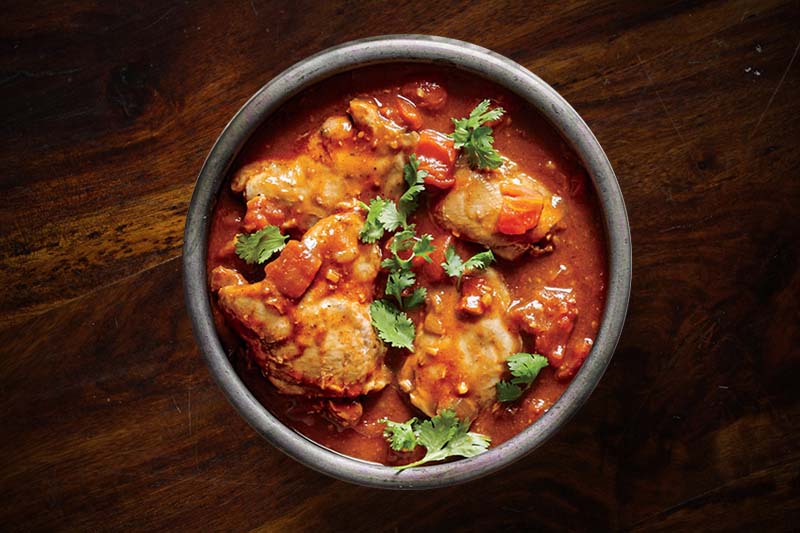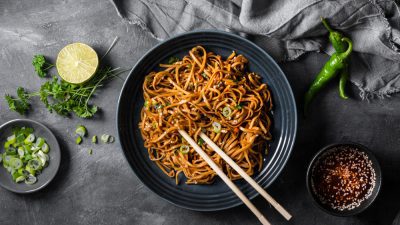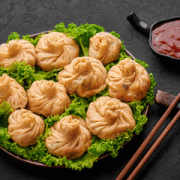For foodies and food enthusiasts, nothing is more exciting than exploring different types of cuisines from around the world. Each cuisine has its own unique flavors, ingredients, and techniques, and they all tell a story about the culture and history of the place they come from. Let’s take a look at some of the most popular cuisines from around the world and what makes them so special.
Italian Cuisine

Italian cuisine is known for its simple, fresh ingredients and bold flavors. From pasta dishes like spaghetti and meatballs to pizza, Italian cuisine is characterized by its use of tomatoes, olive oil, garlic, and herbs. Italian cuisine is also known for its emphasis on regionalism, with each region having its own specialties and traditions.
Chinese Cuisine

There are many different regional styles of Chinese cuisine around the world. With dishes like spicy Szechuan and Cantonese dim sum. Chinese cuisine uses a wide range of ingredients, including meat, seafood, vegetables, and spices. A versatile cooking tool, the wok allows stir-frying, deep-frying, and steaming in Chinese cuisine.
Mexican Cuisine

Known for its bold, vibrant flavors, Mexican cuisine mixes traditional indigenous ingredients with Spanish influences.
Traditional indigenous ingredients and Spanish influence combine to create a bold, vibrant taste in Mexican cuisine prices. Mexican cuisine also has a strong emphasis on street food and traditional home-style cooking, with many dishes passed down through generations.
Thai Cuisine

Thai cuisine is popular for its balance of sweet, sour, salty, and spicy flavors. From curry dishes to noodle dishes like pad thai, There are several distinctive characteristics of Thai cuisineby its use of a wide variety of herbs and spices, such as lemongrass, ginger, and cilantro. Thai cuisine also has a strong emphasis on fresh ingredients, with many dishes featuring vegetables, seafood, and meat.
Japanese Cuisine

A hallmark of Japanese cuisine is its simplicity, elegance, and attention to detail. Fresh seafood and seasonal ingredients, along with an emphasis on presentation, characterize Japanese cuisine, from sushi to sashimi to ramen to tempura. Etiquette and traditional techniques are also important aspects of Japanese cuisine.
Conclusion
Exploring different types of cuisines is an exciting and enlightening experience for foodies and food enthusiasts. Each cuisine has its own unique flavors, ingredients, and techniques, and they all tell a story about the culture and history of the place they come from. Whether it’s the simplicity of Italian cuisine or the bold flavors of Mexican cuisine, there’s something for everyone to enjoy. So, next time you’re looking for a new culinary adventure, step out of your comfort zone and explore the world of different cuisines.
















